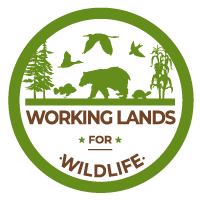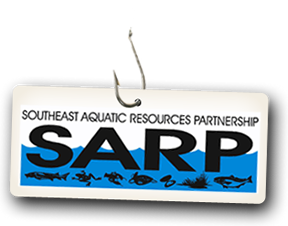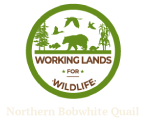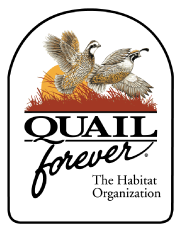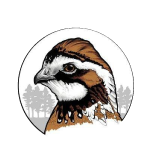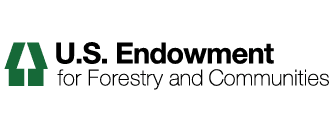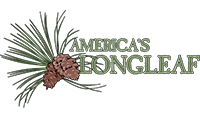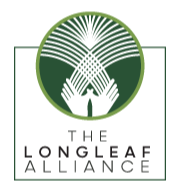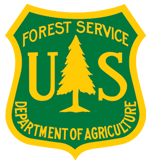Fact Sheets
North Atlantic Aquatic Connectivity Collaborative
This project is developing a partner-driven, science-based approach for identifying and prioritizing culvert road stream crossings in the area impacted by Hurricane Sandy for increasing resilience to future floods while improving aquatic connectivity for fish passage. The resulting information and tools will be used to inform and improve decision making by towns, states and other key decision makers.
Golden-winged Warbler Status Review and Conservation Plan
The Golden-winged Warbler Status Review was initiated over a decade ago when David Buehler, John Confer, and Ron Canterbury were funded by the US Fish & Wildlife Service to elaborate on what was originally a status assessment begun by Chuck Hunter in 1999. Over time, that original project received input from others and underwent numerous stalls, revisions, and reviews. The continuous stream of new information that so rapidly outpaced the writing of the document is actually a tribute to the tremendous dedication and energy of the Golden-winged Warbler Working Group and its partners. In this version of the Status Review, survey and trend estimates have been updated to include 2009 BBS trend information. Genetic data were updated to include birds sampled during the 2010 breeding season. We are pleased finally to release the Status Review, at the same time acknowledging that new research and conservation action will just as quickly outdate much of the information it summarizes. We prefer to think of this document as a Status Transition to a more hopeful future.
Riparian Forest Buffer - CPS 391
An area predominantly trees and/or shrubs located adjacent to and up-gradient from watercourses or water bodies.
Fact Sheet: Assessing Future Energy
Assessing Future Energy Development Across the Appalachian Region
CCVA Fact Sheets: Forested Stream and / or Seepage
Forested Stream and/or Seepage Forested stream environments are typically found in the buffer zones between forested land and stream banks, often known as riparian zones. Stream headwaters and seepage areas occur where ground water percolates to the surface through muck, mossy rock, and nettles. It can also be found under rocks, among gravel, or cobble where water has begun to percolate in areas near open water. Breeding grounds are commonly found beneath mosses growing on rocks, on logs, or soil surfaces in these types of seepage areas. Predicted climate change will largely impact changes in temperature and moisture availability in forested stream and/or seepage systems, likely having a cascading effect on a species habitat and increasing stress to many of these species. The Appalachian LCC funded NatureServe to conduct vulnerability assessments on a suite of plants, animals, and habitats within the Appalachians. These assessments can be used as an early warning system to alert resource managers about changing conditions.
CCVA Fact Sheet: Open Woodlands
Open Woodlands Used generally to describe low density forests, open woodland ecosystems contain widely spaced trees whose crowns do not touch, causing for an open canopy, insignificant midstory canopy layer, sparse understory and where groundcover is the most obvious feature of the landscape dominated by diverse flora (grasses, forbes, sedges). Open Woodlands provide habitat for a diverse mix of wildlife species, several of which are of conservation concern, such as Red Headed Woodpecker, Prairie Warbler, Kentucky Warbler, Northern Bobwhite and Eastern Red Bat. Predicted climate change will largely impact changes in temperature and moisture availability in open woodlands systems, likely having a cascading effect on a species habitat and increasing stress to many of these species. The Appalachian LCC funded NatureServe to conduct vulnerability assessments on a suite of plants, animals, and habitats within the Appalachians. These assessments can be used as an early warning system to alert resource managers about changing conditions.
CCVA Fact Sheet: Forest and Woodlands
Forest/Woodland habitats describe large areas primarily dominated by trees, with moderate ground coverage, such as grasses and shrubs. Density, tree height, and land use may all vary, though woodland is typically used to describe lower density forests. A forest may have an open canopy, but a woodland must have an open canopy with enough sunlight to reach the ground and limited shade. Predicted climate change will largely impact changes in temperature and moisture availability in forest/ woodlands systems, likely having a cascading effect on a species habitat and increasing stress to many of these species. The Appalachian LCC funded NatureServe to conduct vulnerability assessments on a suite of plants, animals, and habitats within the Appalachians. These assessments can be used as an early warning system to alert resource managers about changing conditions.
CCVA Fact Sheet: Meadows and Marshlands
Meadows are open grasslands where grass and other non-woody plants are the primary vegetation. With no tree coverage, meadows are typically open, sunny areas that attract flora and fauna that require both ample space and sunlight. These conditions allow for the growth of many wildflowers and are typically important ecosystems for pollinating insects. Marshlands are like meadows in that they typically have no tree coverage and host primarily grasses and woody plants. However, a defining characteristic of marshlands is their wetland features. Predicted climate change will largely impact changes in temperature and moisture availability in meadows and marshlands systems, likely having a cascading effect on a species habitat and increasing stress to many of these species. The Appalachian LCC funded NatureServe to conduct vulnerability assessments on a suite of plants, animals, and habitats within the Appalachians. These assessments can be used as an early warning system to alert resource managers about changing conditions.
Fact Sheet: Assessing Vulnerability of Species and Habitats
New vulnerability assessments for 41 species and 3 habitats in the Appalachians now available.
Fact Sheet: Stream Classification
Developing consistent region-wide information to ensure enough water for people and wildlife.
Fact Sheet: Cave and Karst Resources
Addressing knowledge gaps to better protect unique landforms and their wealth of hidden biodiversity.
Fact Sheet: Stream Impacts
Assessing current and future water withdrawal scenarios to inform decisions for achieving sustainable water ows that meet human demands and sustain healthy ecosystems.
Fact Sheet: Online Resources to Inform Natural Resource Management
Research from the Appalachian Landscape Conservation Cooperative (LCC) and the U.S. Forest Service is integrating society’s value of ecosystems with future risks, to inform natural resource planning and management across the Appalachians and help decision makers, industry and the public adopt policies that protect and invest in these resources.
Connect the Connecticut - Fact Sheet
High-level overview of the landscape conservation design project. May 2016.
Connect the Connecticut Report
Connect the Connecticut Report - report summarizing the process and results of the project. May 2016.


